Unless you're vegan or lactose intolerant, butter is an indispensible ingredient. However, butter is no one-trick pony. It can take many forms that make it even more versatile and useful in the kitchen. Clarified butter has many advantages over regular butter—but there are certain cases where you shouldn't use it. More on that later.
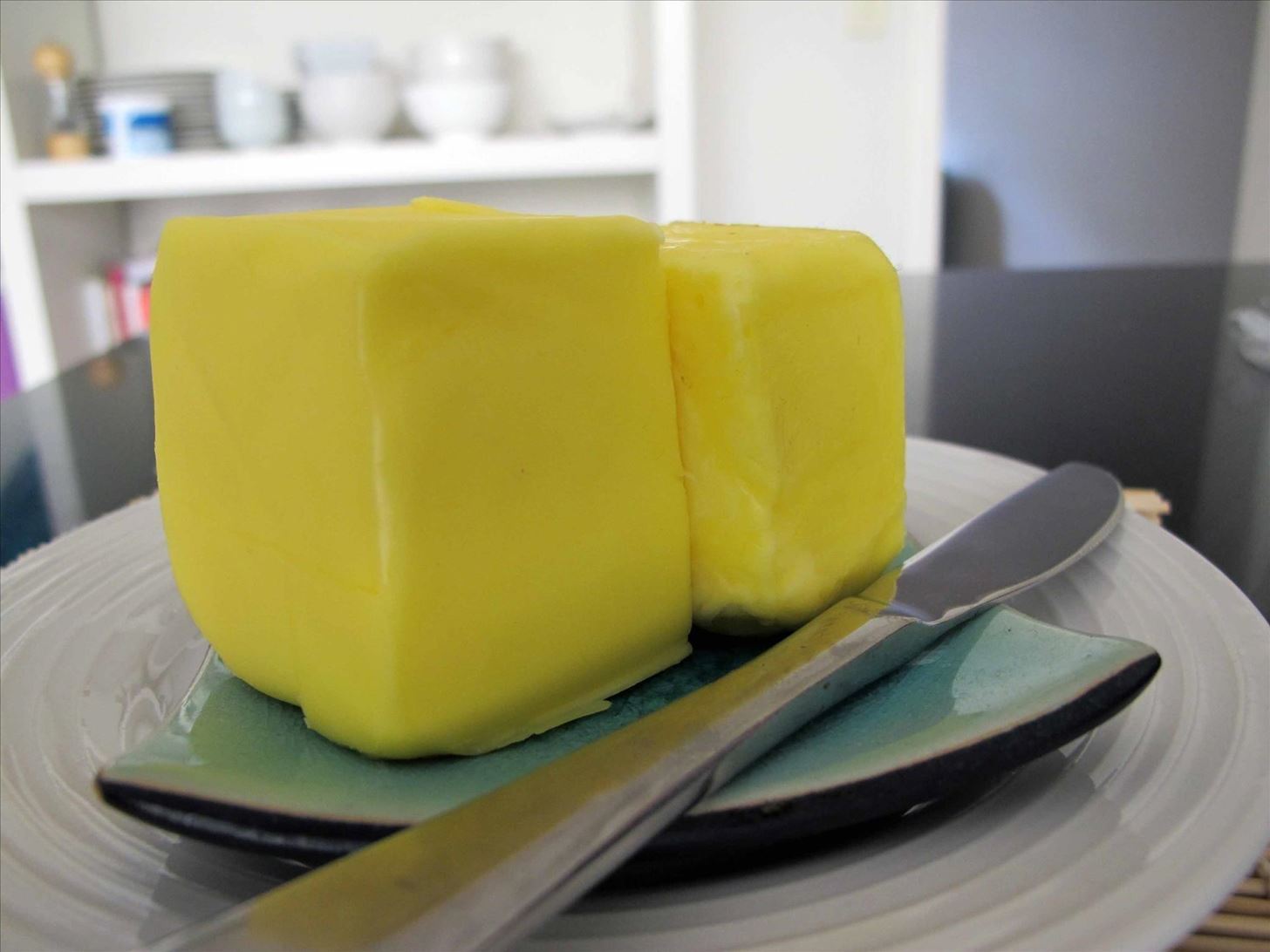
Butter Isn't What It Seems
While oils are 100% fat, most commercial butter is actually 80-82% fat, 16-17% water, and 1-2% milk solids. SFGate has a good chart showing which butter brands are the fattiest. Straus Family Creamery butter has about 86% fat, while Plugrá, whose name literally and famously translates to "more fat," only comes in at about 82.

This high percentage of water means it has a lower smoke point than just about any oil. Regular ol' butter, delicious as it is, isn't a good idea for hardcore frying or sautéing, since it will burn quickly. However, when you clarify butter, which simply means cooking it over heat, the water evaporates and the milk solids can be easily removed.
According to Cook's Illustrated, when you clarify butter, what you are doing is breaking down the emulsion that makes up butter. In scientific terms, an emulsion is two liquids, like water and oil or water and vinegar, that could not normally be combined because of their opposite nature. Lecithin in butter acts as an emulsifier, as does the mechanical action of churning, which allows the two to blend.
During the cooking process for clarified butter, milk solids foam to the top, while a watery layer on the bottom contains dissolved milk sugar, minerals, and some proteins.
Is Clarifying Butter Easy?
Hells yeah, it's easy. It only takes a few minutes, too. Most pros and cookbooks recommend you start with unsalted butter, but if all you have on hand is the salted stuff, you can still give it a try. Some folks say they detect no difference or that the salt rises to the top with the milk solids. Others, however, think that the salty flavor gets concentrated and flavors the butter too intensely. Me, I'm a traditionalist—I've only ever used the unsalted kind for clarifying.
However, I am a big believer in using quality butter if your budget and shopping choices allow for it. If you happen to clarify a really high-class butter—I like to get any kind of butter from grass-fed cows, especially the Irish kind—the results will be exceptional.

Clarified butter does have to be watched, though, or you can find yourself going from clarified to browned butter in a few minutes. (Not that that's a bad thing—it's actually a really good thing depending on what your tastes are and what you need it for.)
Put a pound of butter in a saucepan. This will yield a little less than a pound of clarified butter. Cook gently over low heat until the butter starts to simmer and bubble. Skim off any froth you see forming on the surface and keep doing that until no more froth appears. As BBC Good Food describes it, you'll soon see a clear, golden layer of liquid atop a milky-looking layer. You may also see milk solids in the bottom layer.

Pour the clear, golden layer of butterfat into a glass container (you don't want to use plastic that could melt). The milky layer can be used in other recipes, the same as you would use milk, or discarded. If you want to be really thorough, you can strain it, which David Lebovitz recommends, but I usually skip that step.
The New York Times recommends reserving the foam skimmed off the top of the butter since it has a lot of flavor. It can be added to doughs or even hollandaise.
Advantages & Uses of Clarified Butter
Post-clarifying, you now have something that is close to 100% butterfat, which can be stored for ages since there's no longer any water to encourage spoilage, and which now has a smoke point of 450°F/230°C, while regular butter's is 350°F/175°C.
Keep in mind that to have your oil smoke a little is not a bad thing—it generally means your oil is very hot and ready to be used for frying or sautéing. However, when oil gets very smoky, it means its chemical composition is breaking down, potentially turning rancid, releasing free radicals, and about to give your food a very gross, scorched taste. However, your clarified butter can now be used to fry and sauté just about anything, even if you're using very high heat.

In my opinion, clarified butter has another advantage over regular butter: intensified flavor. Because the clarifying process removes water, milk solids (and possibly other impurities), clarified butter tastes silkier, richer, and has a more intensely creamy, buttery taste.
You can use clarified butter the same as you would regular butter, although I tend to reserve clarified butter for dishes where you're really going to taste it: risotto, simple pasta dishes that use butter as a main ingredient/finishing touch, fish, roasted vegetables, deglazing a pan after I roast a chicken.
Clarified butter can be stored for a very long time, even sans refrigeration. Internet sources from Food52 to Ochef say about a month is good for clarified butter, but chances are you'll use it up well before then. In the refrigerator or the freezer, it can probably go for even longer.

Let's Talk About Ghee
If you like Indian food, then you've eaten ghee, which is the basic fat/cooking oil for many Indian dishes. Ghee is a type of clarified butter, but it has been cooked for longer amounts of time to intensity the flavor and get rid of all the water. Usually it is cooked until the milk solids turn brown and then caramelize. Not only does ghee taste amazing—rich, nutty, and satisfying—it has a very high smoke point of 485°F/252°C.
Ghee isn't hard to make, although it does take slightly more time than clarified butter and produces slightly less final product, since you are taking all the moisture out of the butter. One pound of solid butter will yield about 13 ounces of ghee, more or less. The Ayurvedic Institute has clear, easy instructions for ghee making, as does Alton Brown.

Cook's Illustrated advocates for the oven method of making ghee, which is certainly a lot more hands-off. You just put a pound or two of butter in a Dutch oven, uncovered, and bake it at 250°F/121°C until all the water has evaporated and the milk solids have turned brown. Strain through a cheesecloth into a glass container and store.

While most ghee does have a "best if used by" date, Pure Indian Foods says that opened ghee can be stored in a dark, cool place for up to three months, and refrigerated for up to a year. Pure Indian Foods goes on to say that if you have an unopened jar of ghee that's past it's expiration date, it's probably still good to use as long as there are no noticeable changes in smell, flavor, and appearance.
Frankly, unless the jar of ghee you're using is enormous, I would imagine you'll use it all up well before its expiration date.
Is Drawn Butter the Same Thing as Clarified Butter?
Kind of. In many recipes, the terms clarified and drawn butter are used interchangeably. The cooking method varies: to create drawn butter, you boil it for one minute, then remove from heat, then proceed to strain/skim it as you would clarified butter.

Drawn butter is mostly an old-fashioned accompaniment to artichokes, steamed lobster, and other seafood. In my opinion, it was a thing during the era where people threw very formal dinner parties.
Pro Tip: Don't Use Clarified Butter or Ghee in Baking Unless...
...the recipe specifically calls for it. Why? When a recipe calls for butter as an ingredient, it's assuming you're going to be using the usual 80/20 commercial kind. If you use clarified butter or ghee, it's going to throw the proportions of your recipe off, and it might come out greasy and flat. Remember, you've just created a very concentrated butter that is pretty much pure fat.
Want even more buttery knowledge in your life? Get the details on how to make your own butter, DIY spreadable butter, and how to make nutty, irresisitible brown butter.
Just updated your iPhone? You'll find new emoji, enhanced security, podcast transcripts, Apple Cash virtual numbers, and other useful features. There are even new additions hidden within Safari. Find out what's new and changed on your iPhone with the iOS 17.4 update.
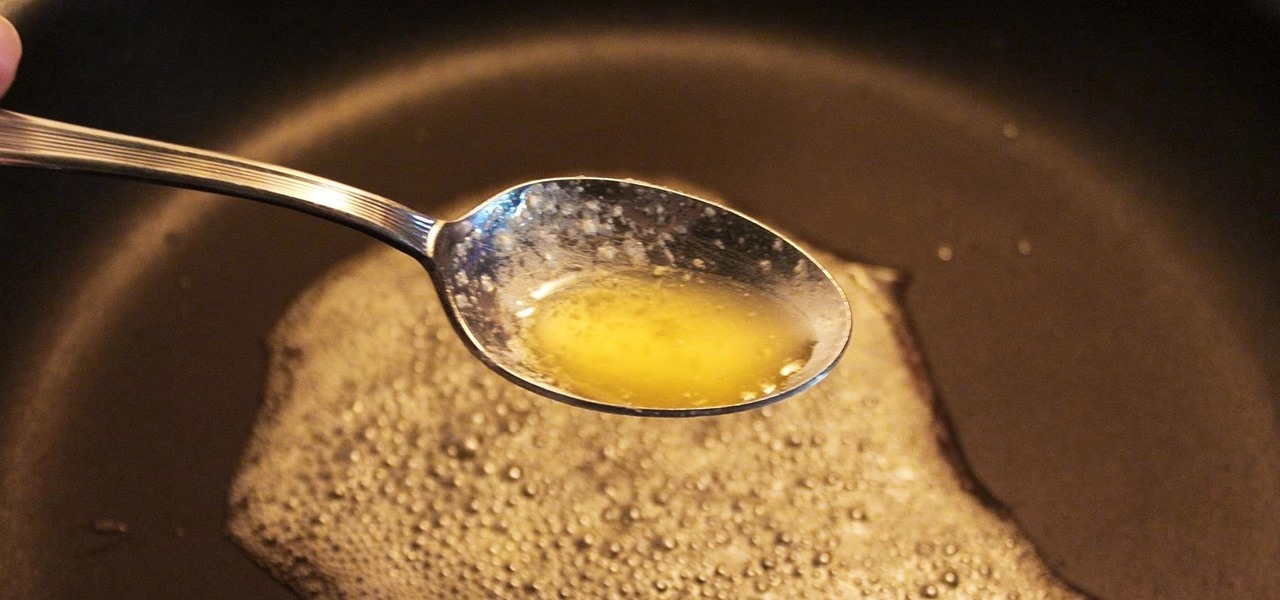



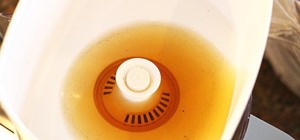





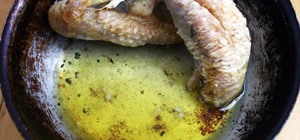
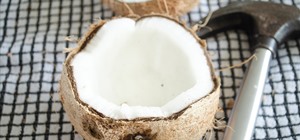
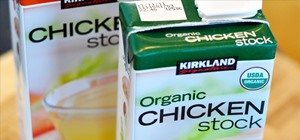
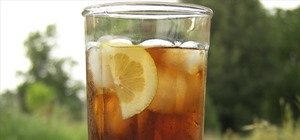
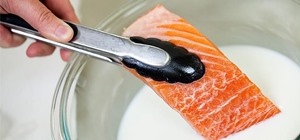
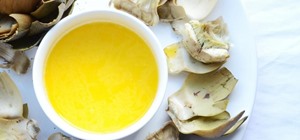







1 Comment
Wow, thanks for sharing the tips Karen. This info is really fresh to me.
Share Your Thoughts